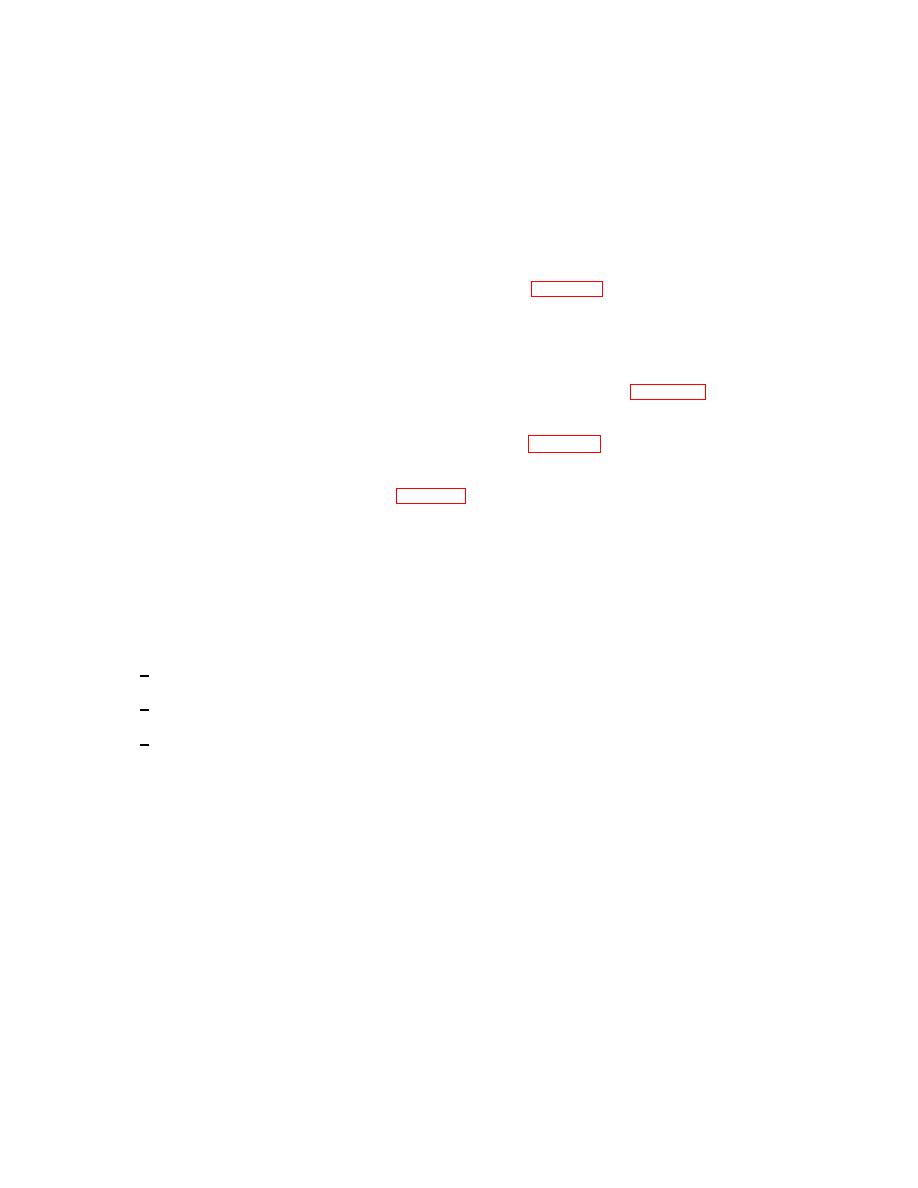
| Tweet |

Custom Search
|
|

|
||
 TM 55-1905-223-24-3
(b) Apply a Prussian blue compound to the ball. Put the ball into the insert in the lever and rotate the ball
180 degrees.
(c) Replace the insert if it is damaged or has less than 80percent contact with the ball.
(7)
Remove the roll pins, roller pins, and rollers from the cam levers.
(8)
Inspect the rollers.
(a) Use a small bore gauge to measure the inside diameter of the rollers.
(b) Check the rollers to be sure they are not out-of-round. See Table 4-8 for the dimensions of the rollers.
(c) Use micrometer to measure the outside diameter at the roller.
(d) The outside diameter of the roller must have a common center within 0.002 inch (0.05 mm).
(9)
Use micrometer to measure the outside diameter of the roller pins. See Table 4-8 for dimensions of
the roller pins.
(10)
Measure the roller pin bore in the cam follower lever. See Table 4-6 for dimensions.
(11)
If the rollers are damaged, be sure to inspect the camshaft for damage. Replace any part that is
damaged or worn beyond the limits in Table 4-6.
(12)
Replace the cam followers if they have any damage or cracks.
(13)
Replace the cam followers if they are worn beyond the limit.
(14)
Inspect the push rods.
(a) Inspect for engine oil in the push rods as follows:
1
Hold the push rod horizontally and drop it from a height of 6 inches.
2
The push rod may be used if a ringing sound is heard.
3
If a dull (or non-ringing) sound is heard, the push rod contains engine oil and must be
discarded.
(b) Inspect the straightness of the push rod by rolling it on a level surface. Replace the push rod if it is
bent. Do not use a bent push rod.
(c) Visually inspect the ball and the socket ends of the push rods for uneven wear or cratches.
s
(d) Visually inspect the push rod ball end for excessive wear.
(e) Visually inspect the seating pattern in the push rod socket for excessive wear.
4-60
|
||
 |
||